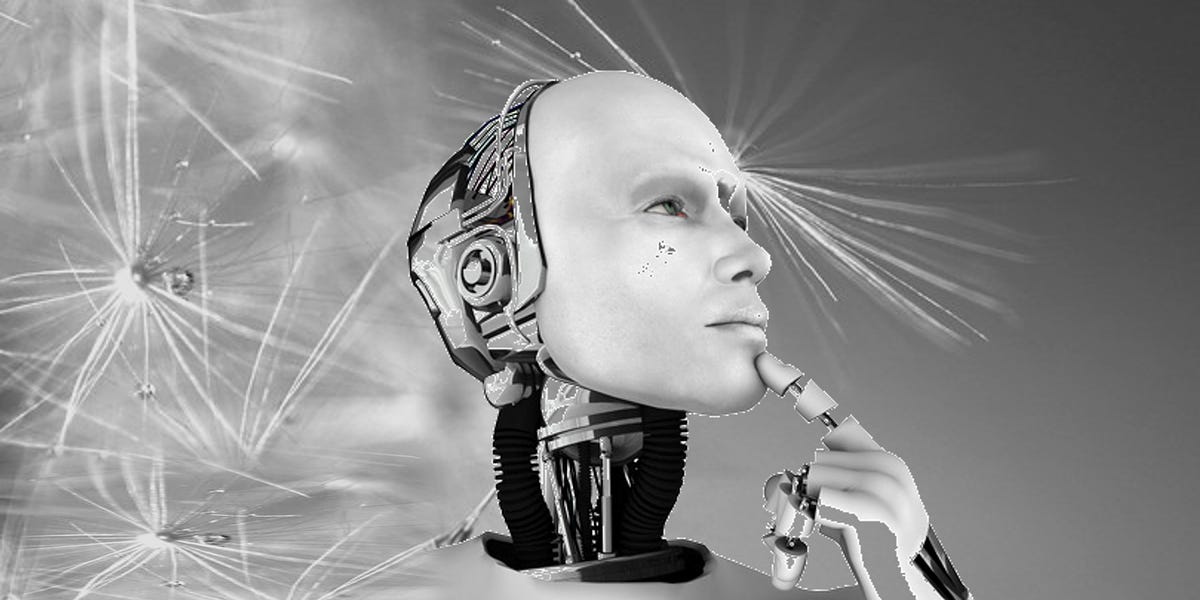
General Forum
Public Group
Public Group
Active a day ago
This group is for general conversations.
Public Group
Organizer:
- Organised by
- No Organizers
New Apple iPad Video Crushing Instruments and Art
-
New Apple iPad Video Crushing Instruments and Art
Posted by Shannon McCarthy on May 10, 2024 at 3:17 pmhttps://youtu.be/ntjkwIXWtrc?si=sr_QzSpP-sCs-Kg4<div>
</div><div>There has been a public backlash against this ad, and Apple has issued an apology calling it “grotesque”. I think that’s a good word for it. What are your thoughts? </div>Shannon McCarthy replied 10 months, 3 weeks ago 6 Members · 10 Replies -
10 Replies
-
-
Hi Shannon,
How does this, for you, tie into the hemispheric hypothesis? Too often public outcry is just another instance of outrage stoked for the sake of making us all anxious, and diverting us from more substantial issues.
-
Hi Whit,
True enough. Well, I see a machine crushing beautiful meaningful things, and ‘replacing’ them with a flat computer. To me, it is an accurate narrative of the left hemisphere overpowering the right, showcasing its failure to comprehend what is beyond it. What is unique, precious, memorable, and human is destroyed by a machine to make a machine. In one minute it tells the terrible story.
I think public outcry for the arts is good. It demonstrates that we do still hold some things sacred.
-
-
Shannon, marvelous, thank you.
Bonnitta Roy just sent out a link to this, with a twist!
Her (brilliant) post contains a montage of the ad, about which she has very interesting remarks, here:
-
Hi Peter!
“Compression of Life” 😞
I love that rewind version! How wonderful. Technology under the thumb of a robust value system- that is a hopeful image. Thanks!
-
-
There is a new emerging perspective, I think, and it is being worked through by people like Dr. Federico Faggin, the first person to build a microprocessor chip, and other authors and contributors to the Essentia Foundation whose goal is to demonstrate that there is a serious problem with modernity in its privileging of materialism (the ‘Things’) over relationality (the ‘Connections’), when, in fact, it is relationality that is the ground of being, the ontological ground–as is being argued in his work by Dr. James Filler. And it came up in full force, I think, in the ‘Thinking with Iain McGilchrist’ conference that occurred at the end of March in San Francisco sponsored by the Center for Process Studies and the California Institute for Integral Studies during which several people delivered their responses to the McGilchrist Divided Brain Hypothesis.
And the whole idea that fabricated machines and living organisms are somehow ‘equivalent’ has been shown to be absolutely false by theoretical biologist, the late Robert Rosen, whose papers and books, especially the last two of his life, ‘Life Itself’ and ‘Essays on Life Itself’, both published by Columbia University Press (this is not the first time I have mentioned them on this website!), make a convincing argument, using the mathematical theory of categories, that living organisms far exceed fabricated mechanisms in their entailment capacity and are fundamentally, categorically distinct from mechanisms which are limited to conforming to the mechanistic formalism that was Newton’s favorite alchemical construct. So mechanisms are constrained to a basic formalism, which means they operate in the context of an ‘ontology of states’. Not so for living organisms. What is the difference? Living organisms as relational systems contain ‘closed causal loops’ operating on a temporal continuum. Fabricated mechanisms do not. Living organisms are not strictly deterministic. Fabricated mechanisms are, by definition Living organisms require impredicative mathematics. Fabricated mechanisms can be readily understood with predicative mathematics. Living organisms are NOT computable nor do they function algorithmically. Fabricated mechanisms are both. Living organisms are open to efficient causation. Fabricated mechanisms are closed to efficient causation. Living organisms have ‘complex’ dynamics. Fabricated mechanisms have ‘simple’ dynamics. For living organisms, the semantic description EXCEEDS the syntactic description because their behavior is context-dependent (see Timothy Eastman’s book, ‘Untying the Gordian Knot‘), as is the case for a natural language. For fabricated mechanisms, the semantic description and the syntactic description are EQUIVALENT. If you know the structure, you can predict the function for a fabricated mechanism–not so for an organism, as is the case for a computer language. This is all to support the fundamentally important argument that Iain makes that there is no such thing as ‘Artificial Intelligence’–it is an oxymoron. Nothing fabricated and artificial can manifest the adaptive intelligence across varying contexts of a living organism. It might approximate it in some limited context, but that is about it. Living organisms have significantly elevated entailment power as compared to fabricated mechanisms.
rowman.com
Untying the Gordian Knot: Process, Reality, and Context
Untying the Gordian Knot shows how the fundamental notions of process, logic and relations, woven with triads of input-output-context, can be combined with quantum distinctions associated with act...
-
Hi Gary,
I like reading your post. Thank you for the update- how lovely that living organisms show greater entailment power. A lot of good news here!
-
-
That’s a Freudian slip. The only thing that might have been more perfect is if they’d put a globe full of living beings under that Iron Heel too.
Think how many layers of bureaucracy this had to go through to get approved. Right up the line, all the way to the top I’m guessing or pretty close, they all went “Yup, it’s good, I like it. Approved for release.”
This is who they really are. Even Apple, quite possibly a little less nefarious than the rest of them, at least for as long as that distinction remains a profitable brand.
Thanks for sharing this. I usually avoid ads but this one should be seen by everyone.
-
Hi Jeff,
Sure thing. Yes it is shocking to me too that this would get through all their creative, advertising, and managerial boards. Yikes!
If you look at the link Peter posted above, the page shows a reverse video by an artist that makes the whole thing come back to life, using the same footage backwards. A bit more inspiring!
Log in to reply.


